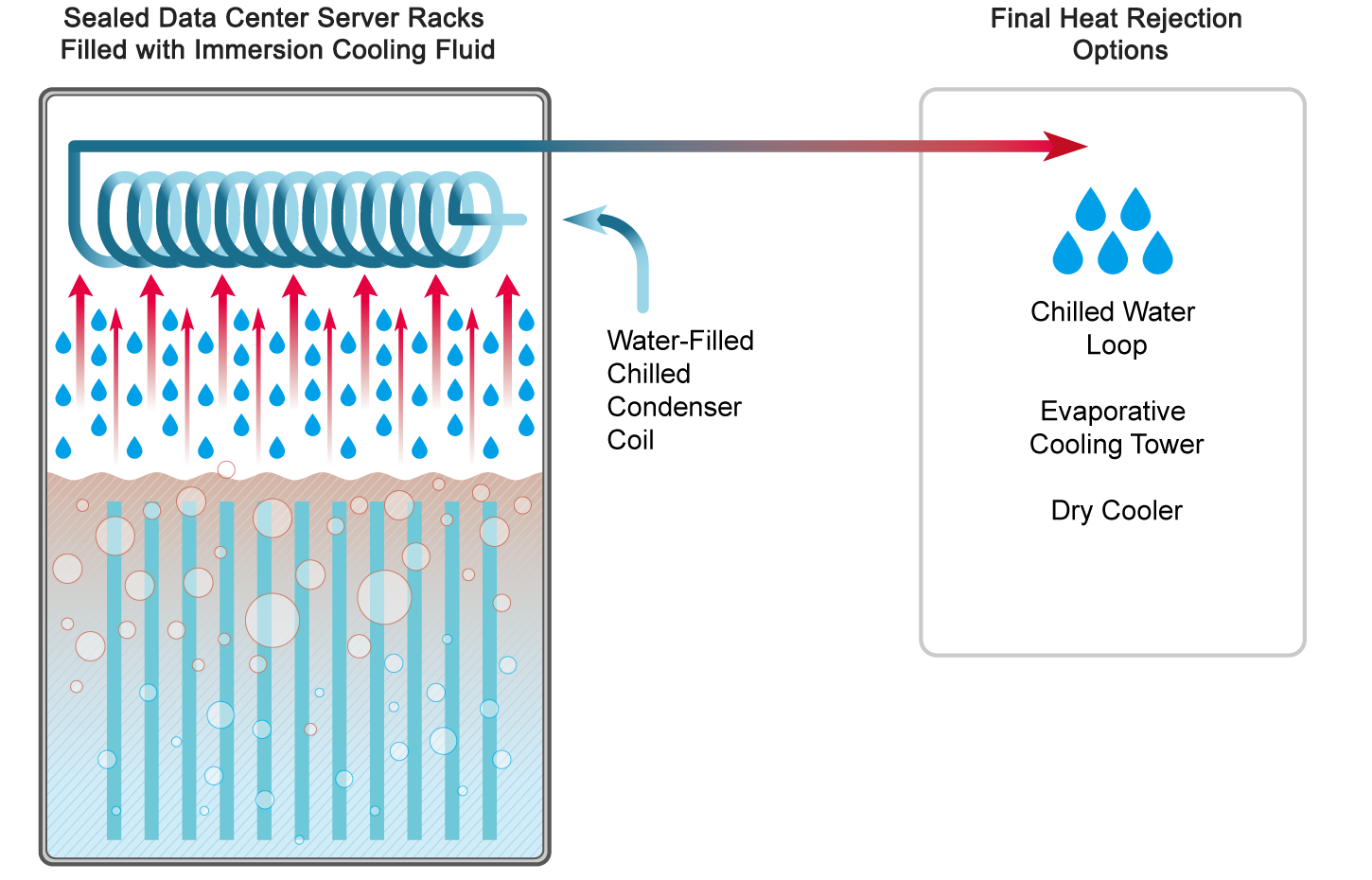Tech-Guide
Two-phase and Single-phase Liquid Immersion Cooling
Two-phase and Single-phase Liquid Immersion Cooling
How the Two Cooling Technologies Work
System Complexity and Installation Cost
Cooling Efficiency and Operating Expenses
Cooling Capacity and High-density Performance
Reliability and Deployment Flexibility
Conclusion
Get the inside scoop on the latest tech trends, subscribe today!
Get Updates
# Immersion Cooling
# PUE
# Cooling Distribution Unit (CDU)
# Data Center
# Open Compute Project (OCP)
# Artificial Intelligence (AI)
# Iot
Get the inside scoop on the latest tech trends, subscribe today!
Get Updates




















